.
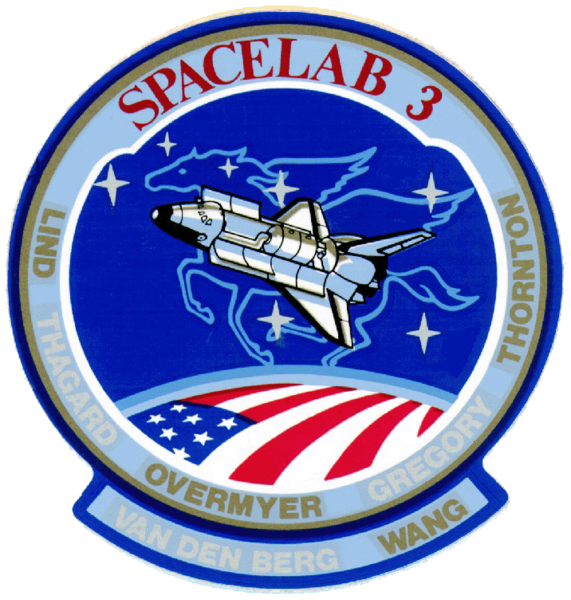
STS-51B
Space Shuttle: Challenger
Launch Pad: 39A
Launch Weight: 246,880 pounds
Launched: April 29, 1985 at 12:02:18 p.m. EDT
Landing Site: Edwards Air Force Base, Calif.
Landing: May 6, 1985 at 9:11:04 a.m. PDT
Landing Weight: 212,465 pounds
Runway: 17
Rollout Distance: 8,317 feet
Rollout Time: 59 seconds
Revolution: 111
Mission Duration: 7 days, 0 hours, 8 minutes, 46 seconds
Orbit Altitude: 222 nautical miles
Orbit Inclination: 57 degrees
Miles Traveled: 2.9 million
Crew Members

Image above: STS-51B Crew photo with Commander Robert F. Overmyer, Pilot Frederick D. Gregory, Mission Specialists Don L. Lind, Norman E. Thagard, William E. Thornton and Payload Specialists Lodewijk van den Berg and Taylor G. Wang. Image Credit: NASA
Launch/Landing Highlights
 The flight was first manifested as 51-E but it was rolled back from pad due to a timing problem with the TDRS-B payload. Mission 51-E was cancelled and the orbiter was remanifested with 51-B payloads. The launch on April 29 was delayed two minutes, 18 seconds due to a launch processing system failure.
The flight was first manifested as 51-E but it was rolled back from pad due to a timing problem with the TDRS-B payload. Mission 51-E was cancelled and the orbiter was remanifested with 51-B payloads. The launch on April 29 was delayed two minutes, 18 seconds due to a launch processing system failure.The orbiter made its first crosswind landing at Edwards Air Force Base in California and returned to Kennedy Space Center on May 11, 1985.
Mission Highlights
The primary payload was Spacelab-3. This was the first operational flight for the Spacelab orbital laboratory series developed by the European Space Agency. Spacelab includes five basic discipline areas: materials sciences, life sciences, fluid mechanics, atmospheric physics, and astronomy. The main mission objective with Spacelab-3 was to provide a high quality microgravity environment for delicate materials processing and fluid experiments. Two monkeys and 24 rodents were observed for the effects of weightlessness. Of the 15 Spacelab primary experiments conducted, 14 were considered successful. Two Get Away Specials were on board.
---
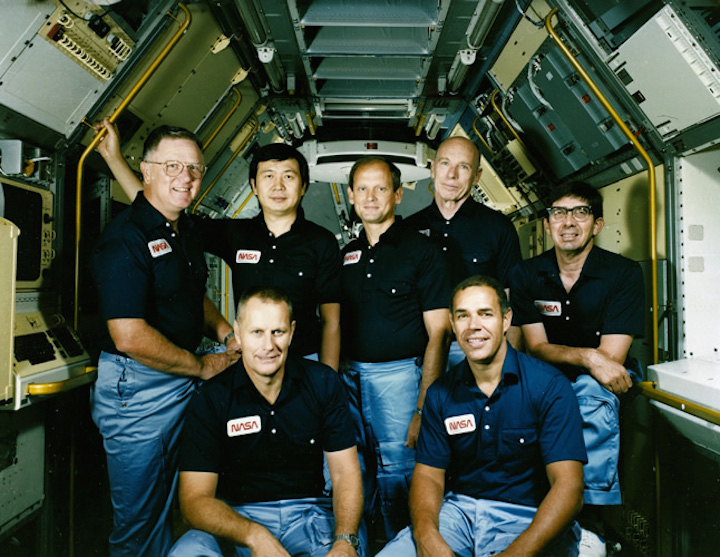
The crew assigned to the STS-51B mission included (seated left to right) Robert F. Overmyer, commander; and Frederick D. Gregory, pilot. Standing left to right, are Don L. Lind, mission specialist; Taylor G. Wang, payload specialist; Norman E. Thagard, mission specialist; William E. Thornton, mission specialist; and Lodewijk van den Berg, payload specialist. STS-51B was launched aboard Challenger on April 29, 1985. Its primary payload was Spacelab-3. Challenger landed on May 6 at Edwards Air Force Base.
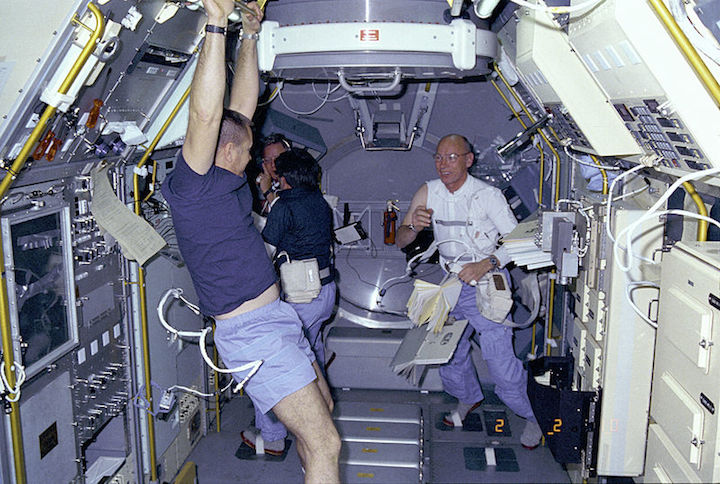
Crew members of the STS-51-B (Spacelab-3) mission inside the Spacelab laboratory module aboard the Space Shuttle Challenger. Left to right: STS-51-B Commander Robert F. Overmyer; Mission Specialist Don L. Lind (obscured); Payload Specialist Lodewijk van den Berg (obscured); and Mission Specialist William Thornton. NASA photo MSFC-8901494
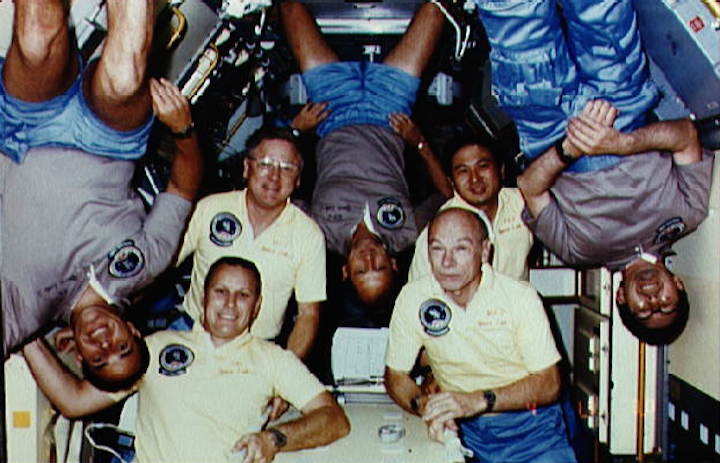
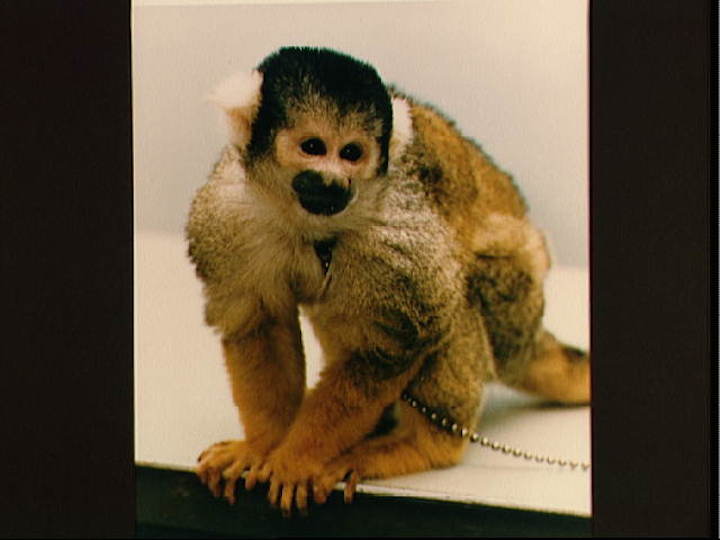
---
Frams von STS-51B Challenger Mission NASA-Video:
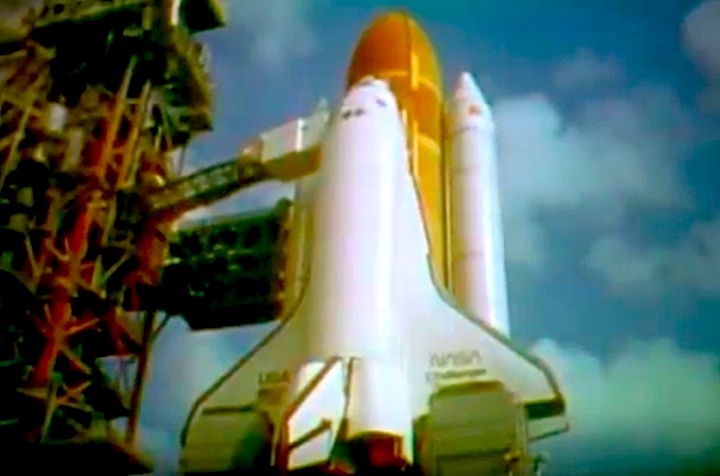
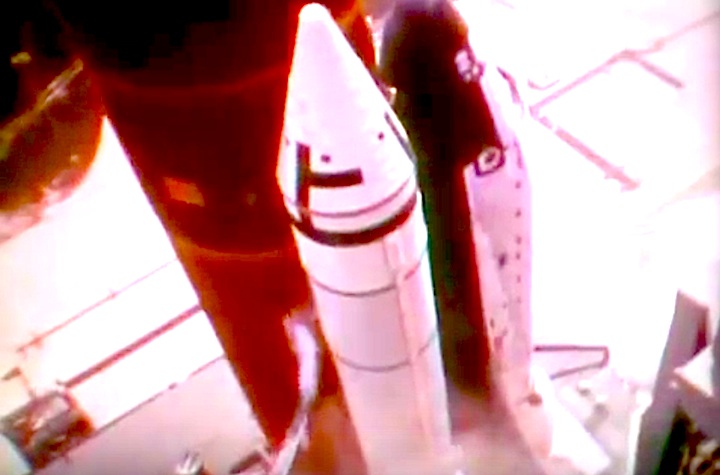

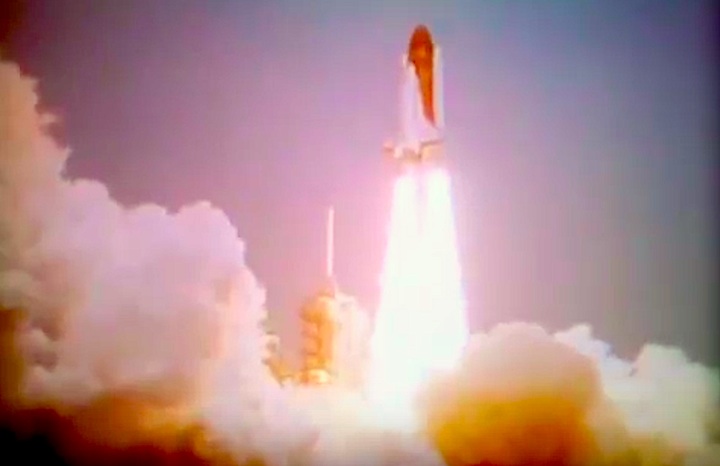
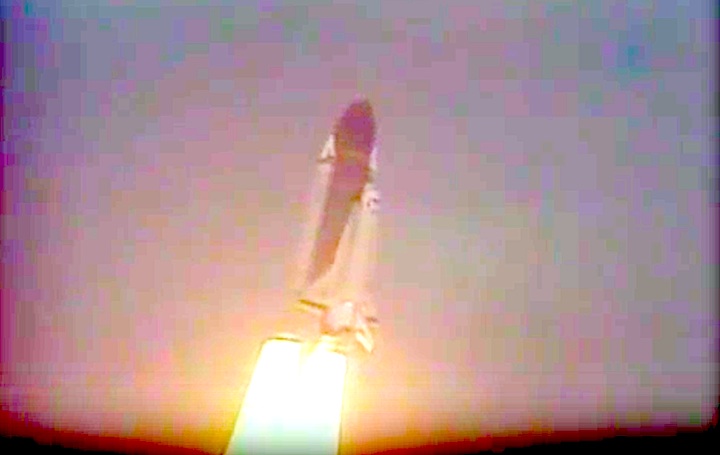
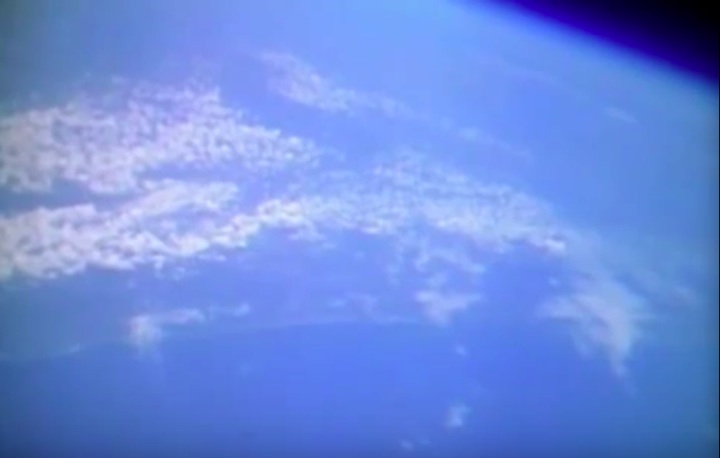
Blick aus Challenger bei Start
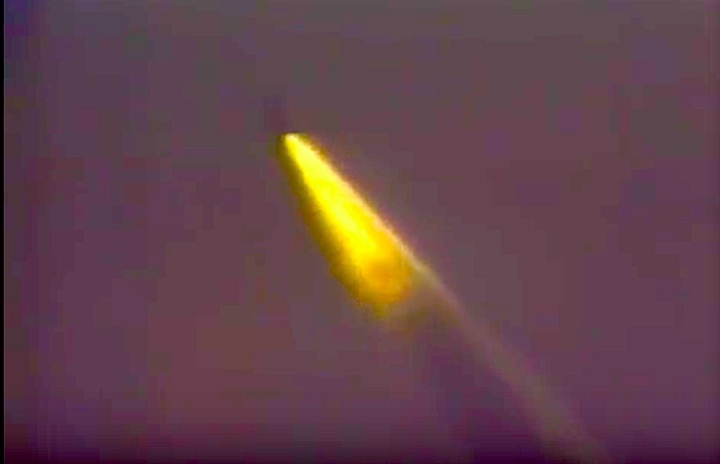
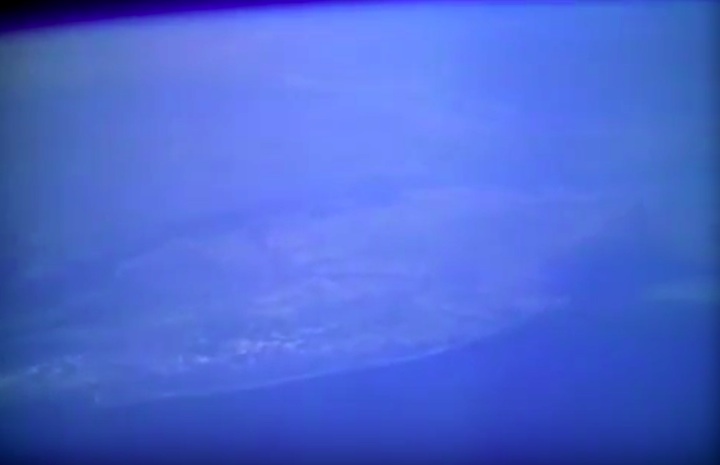
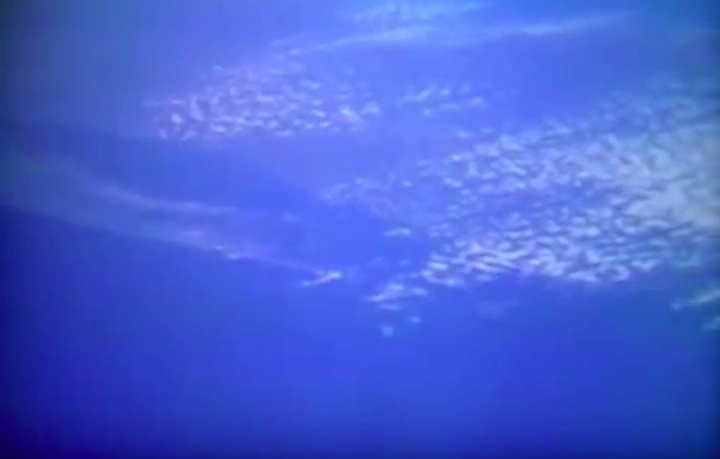
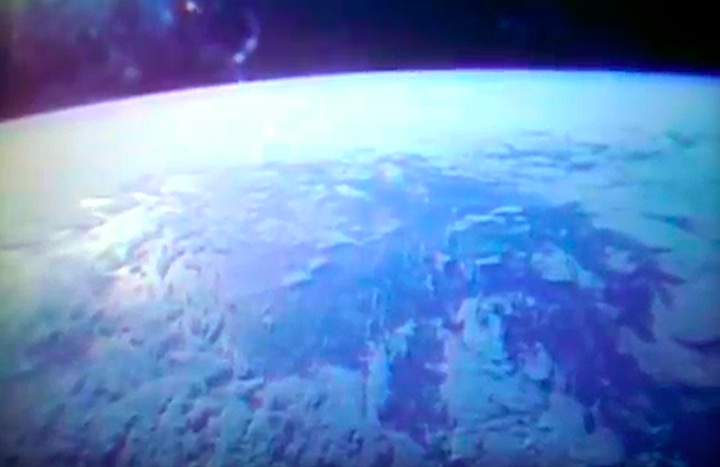

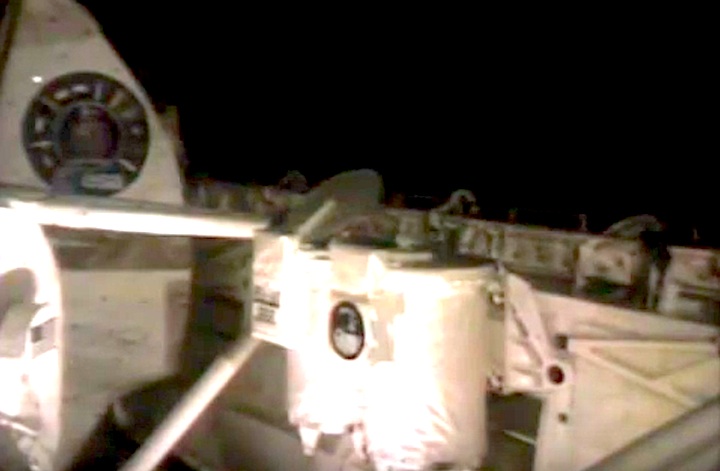

Klein-Satellit
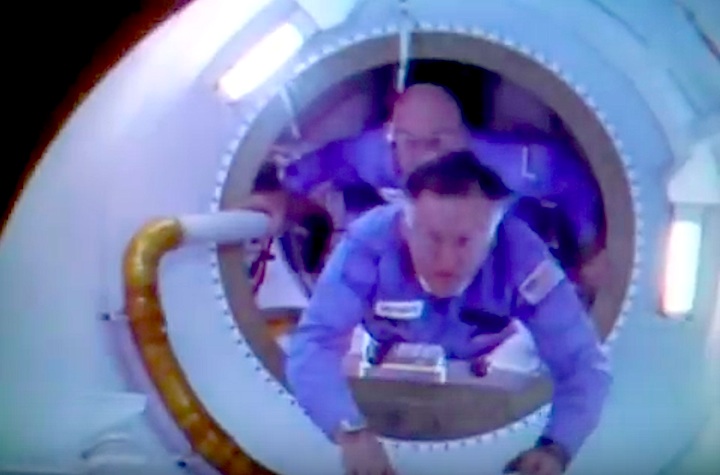
Zugang zu Spacelab-3
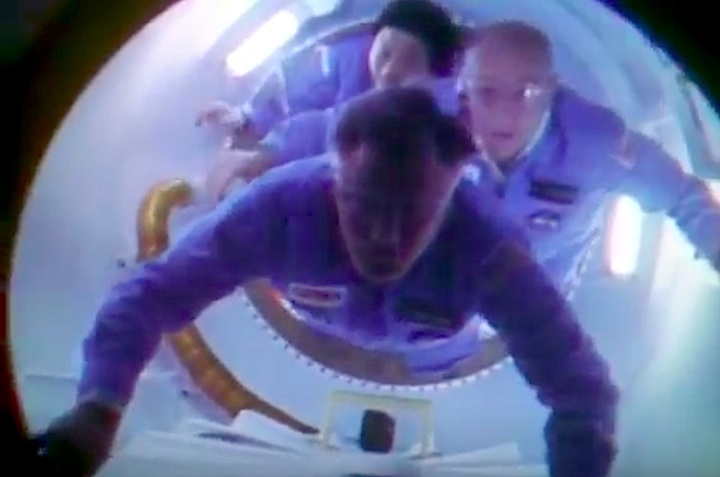
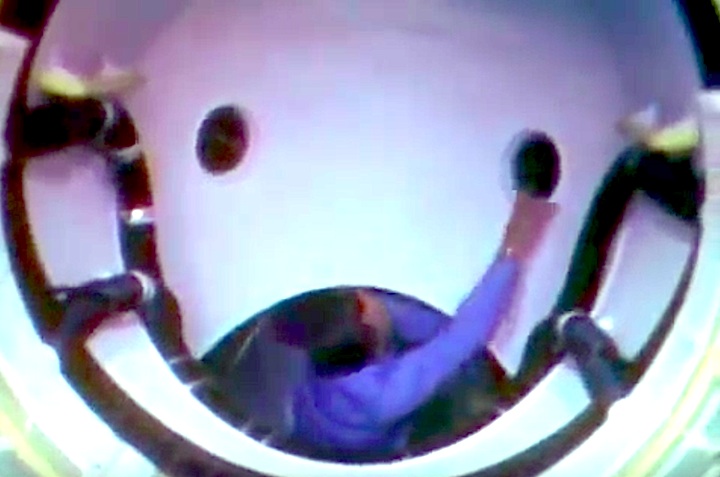
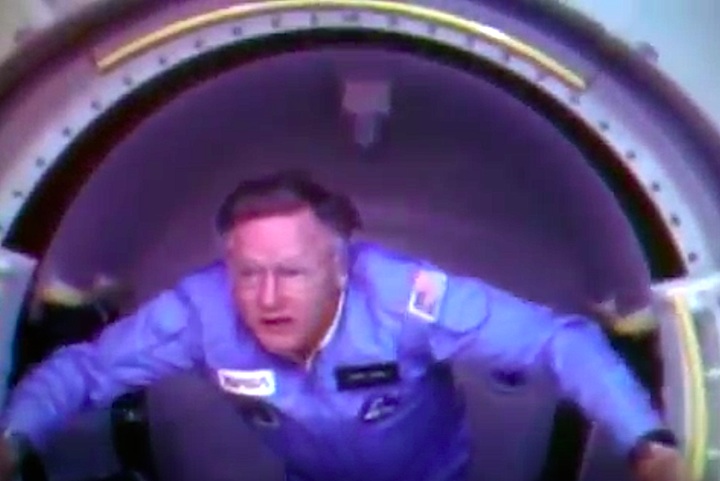
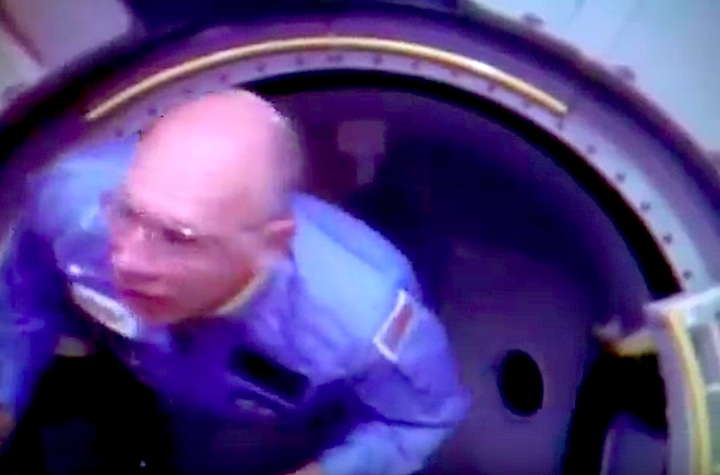
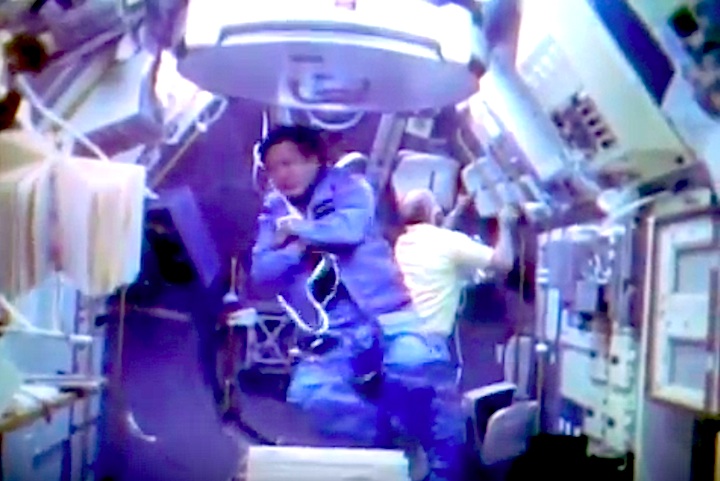
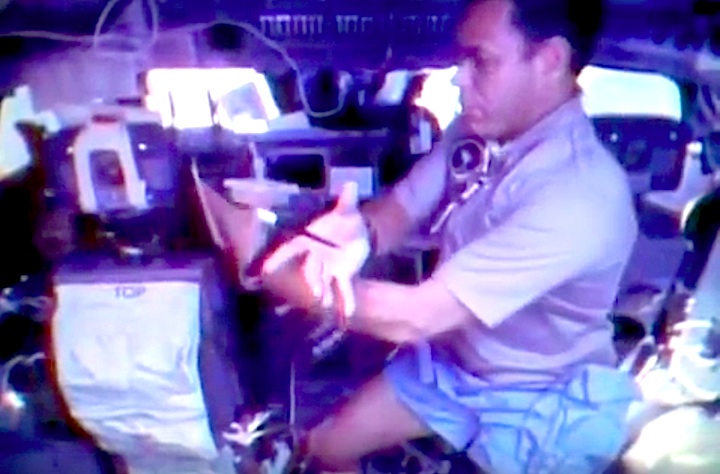



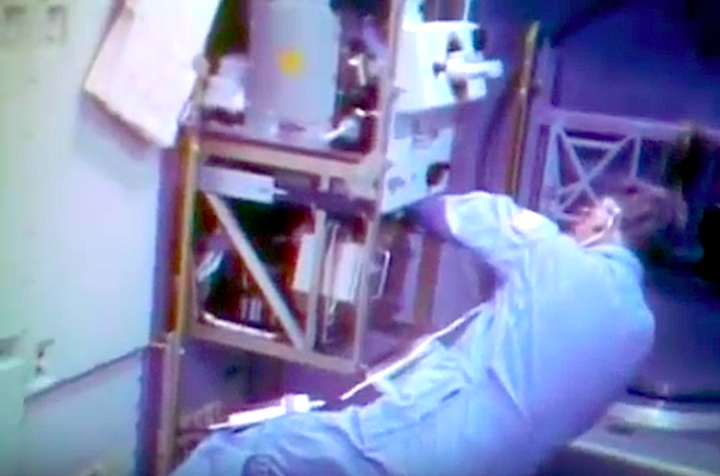
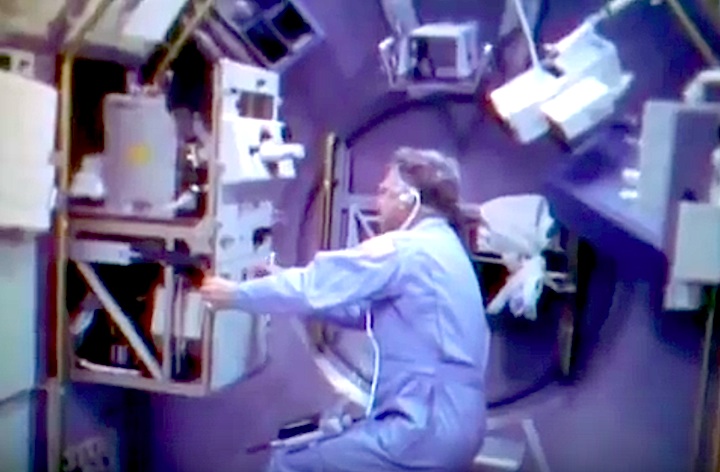
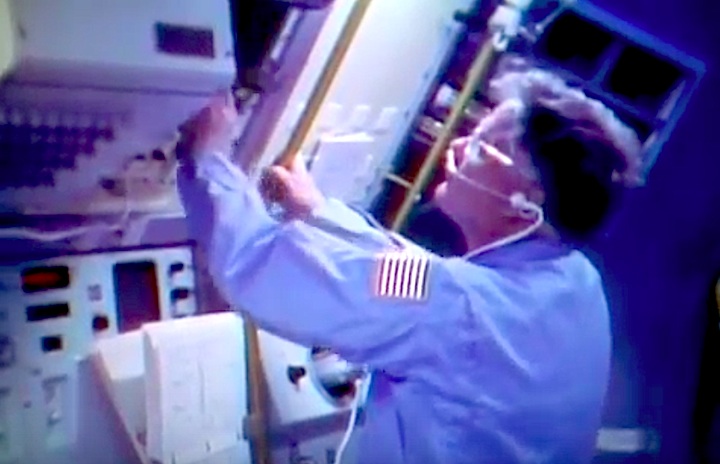
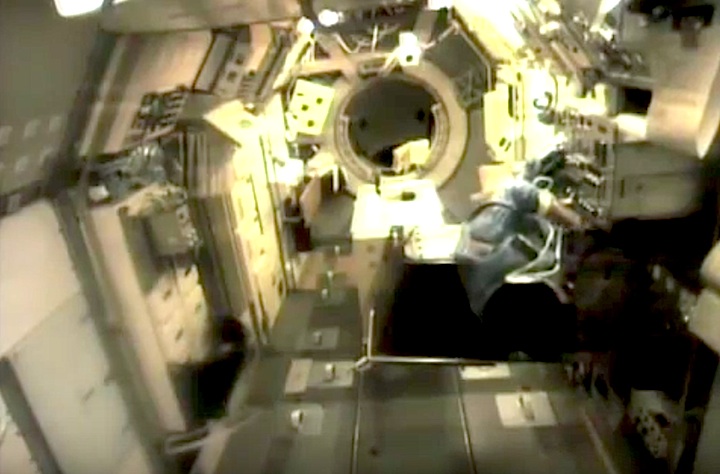
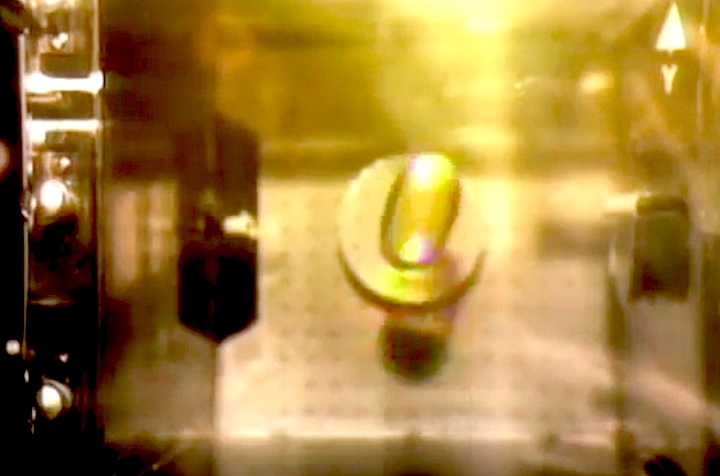
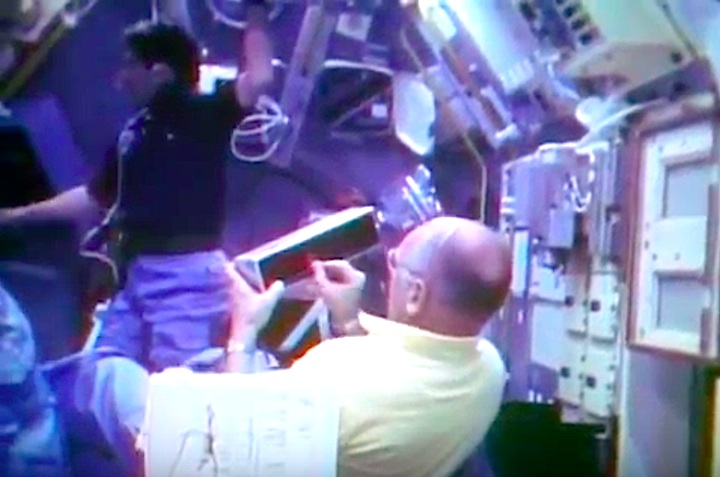
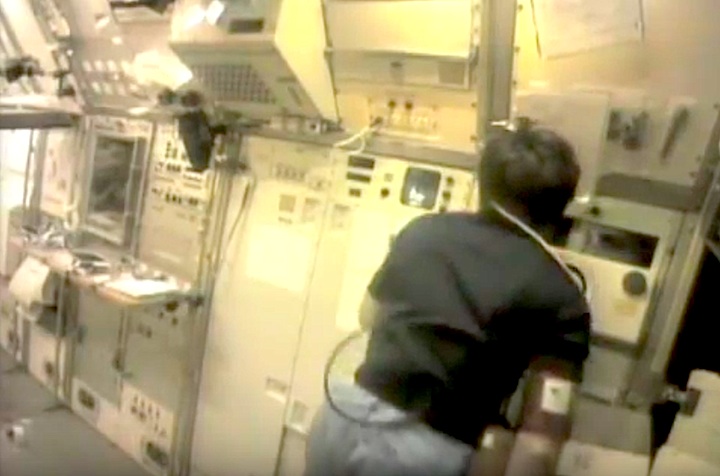


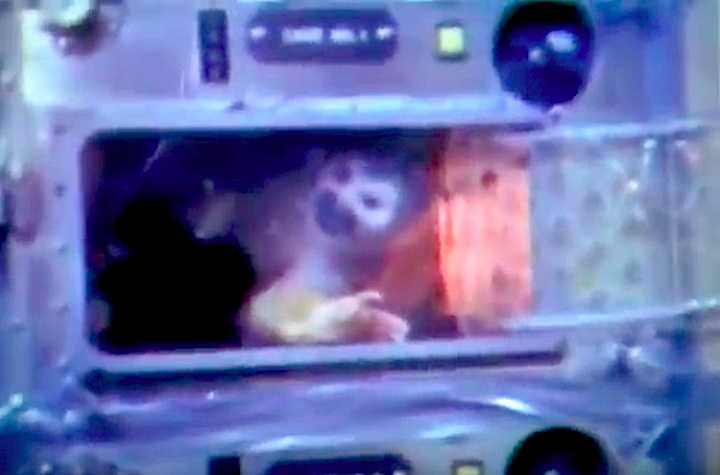
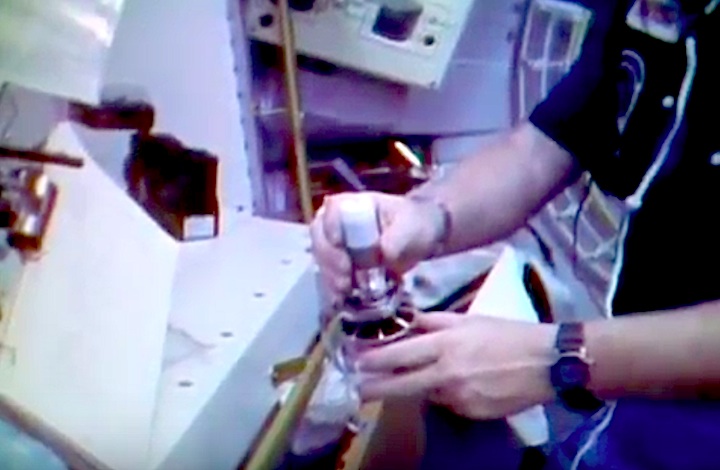
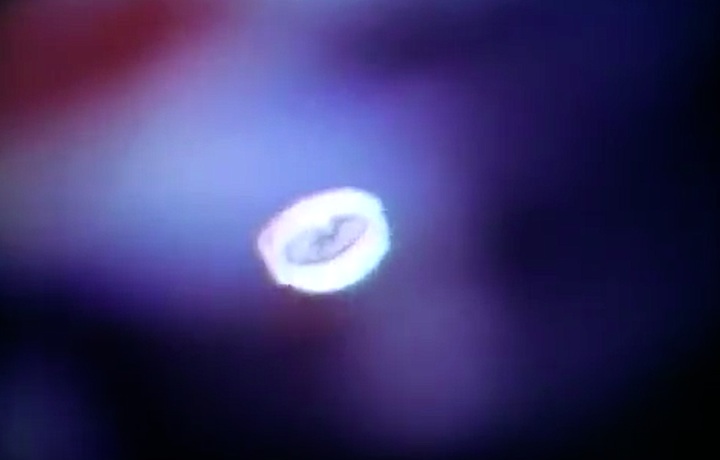

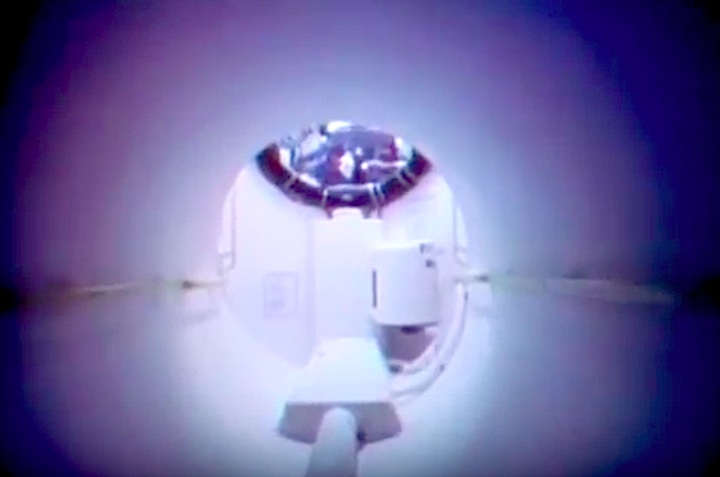
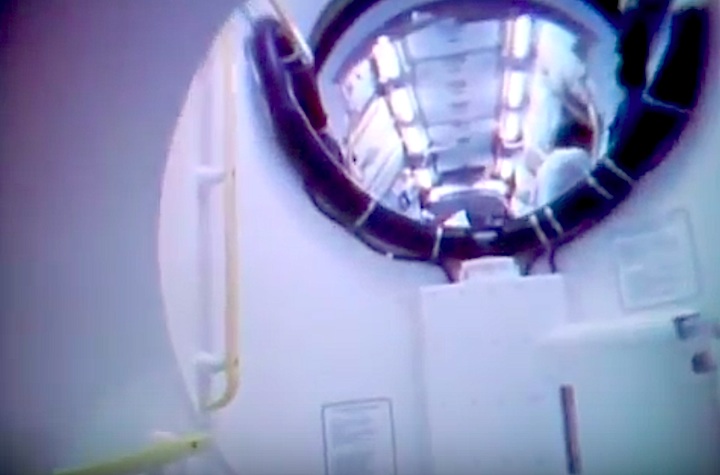
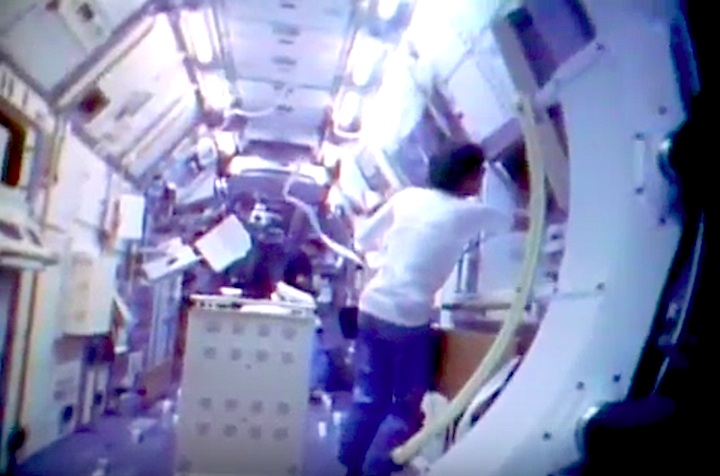
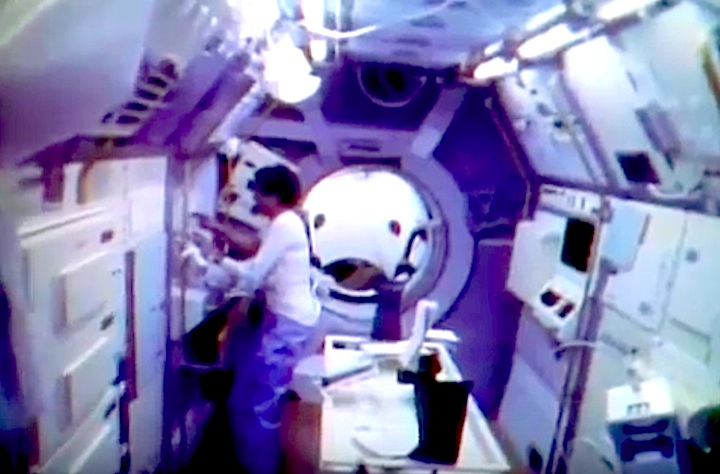
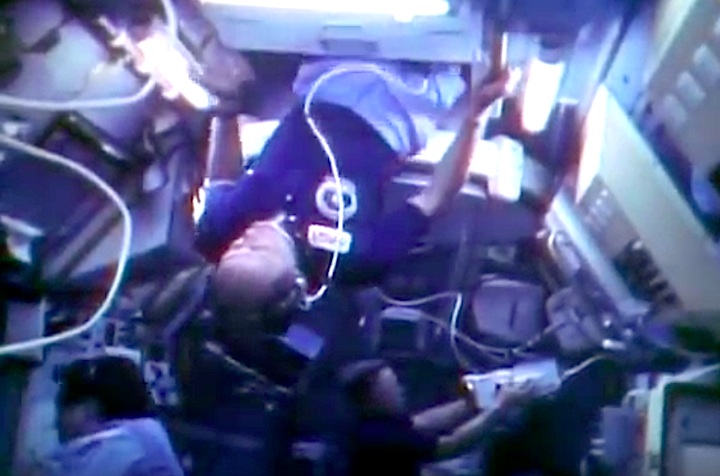
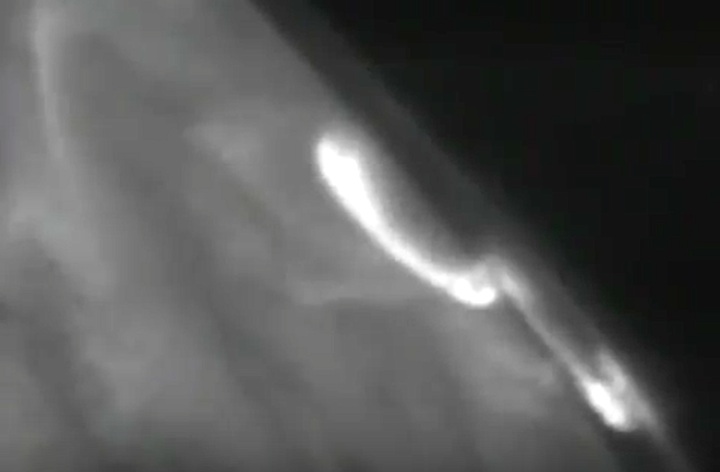
Aurora-Beobachtung von Shuttle Challenger aus...
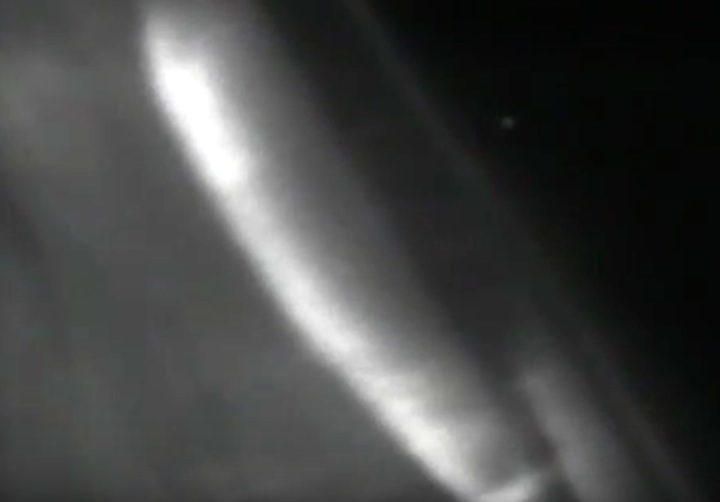
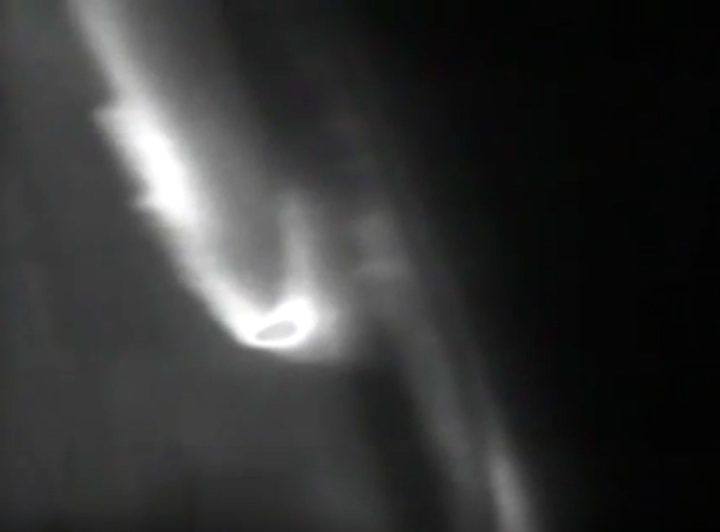
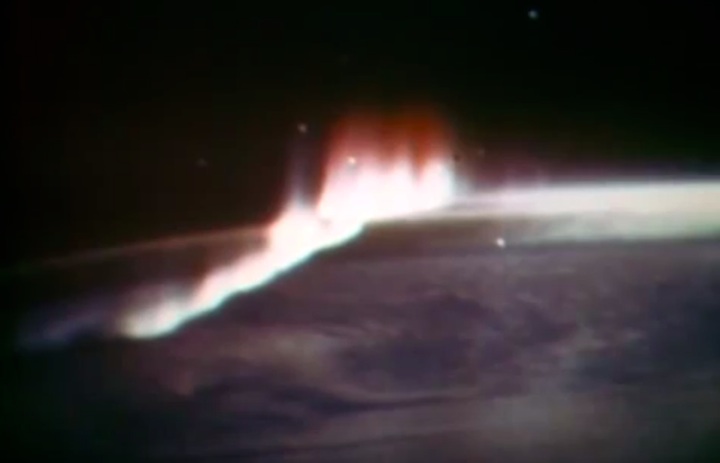
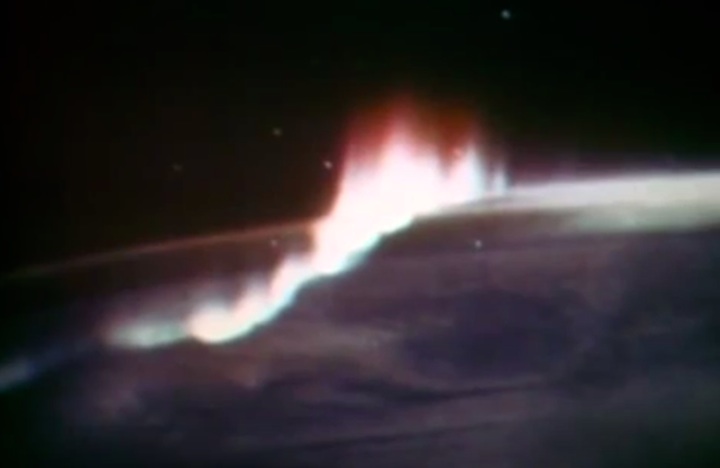
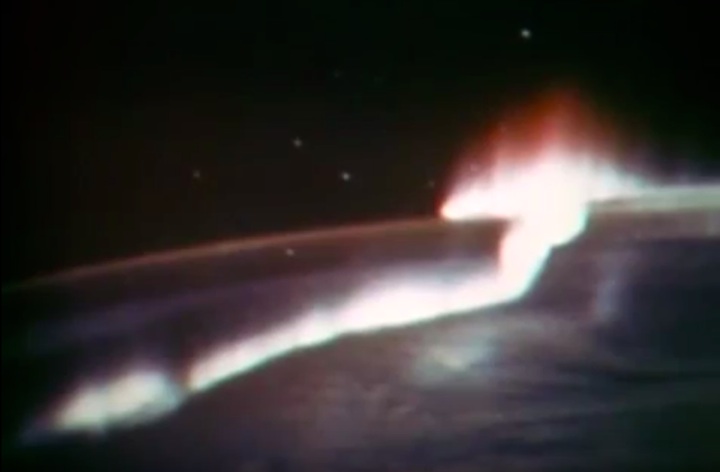
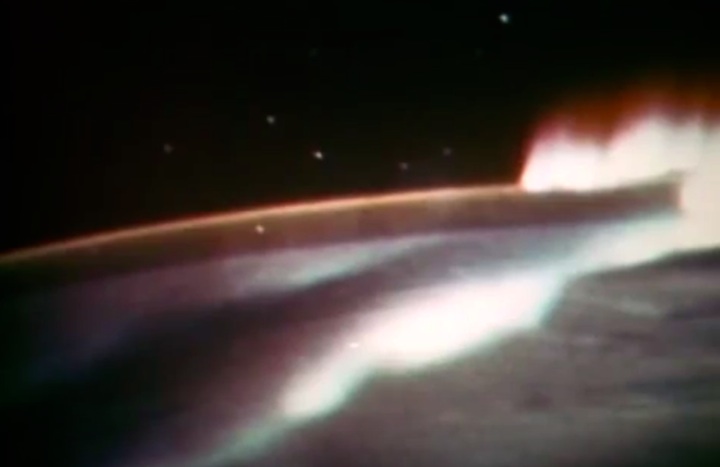
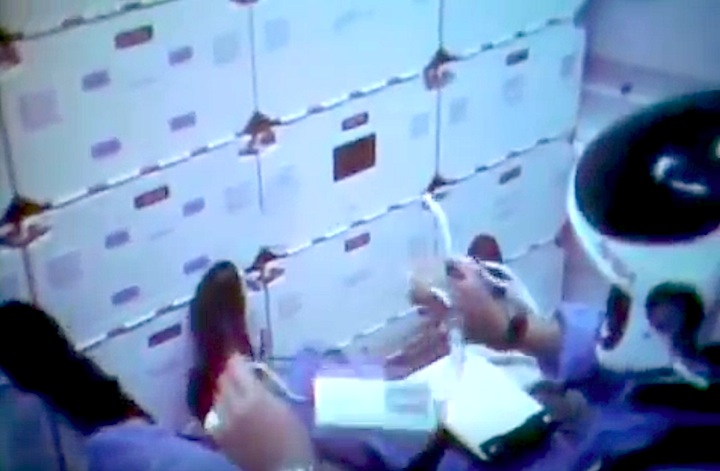
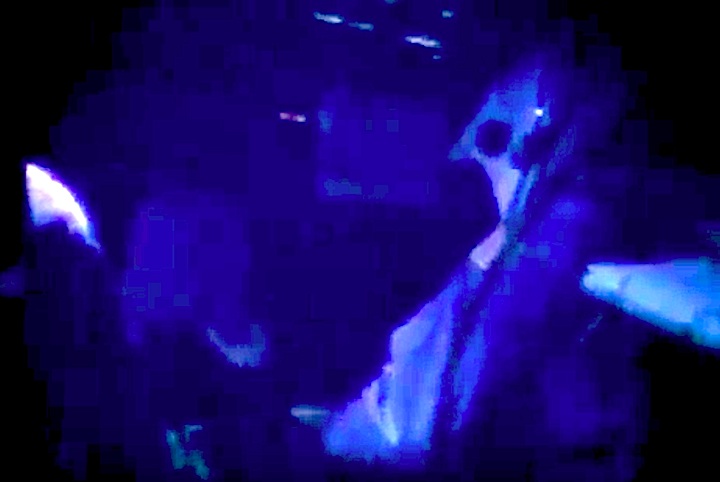
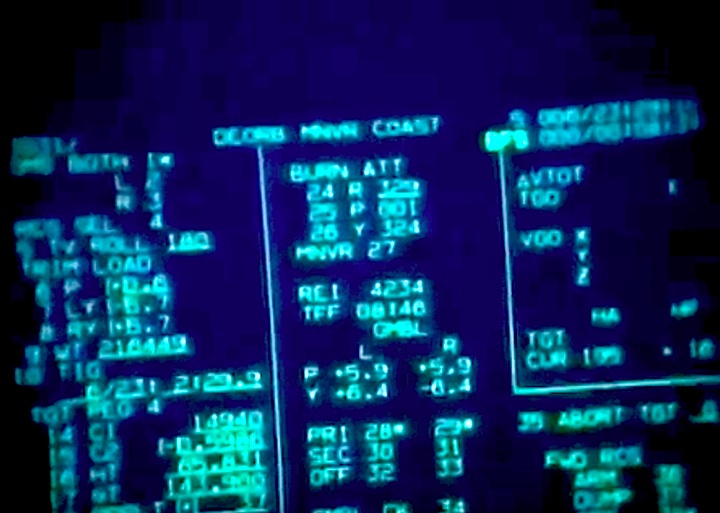
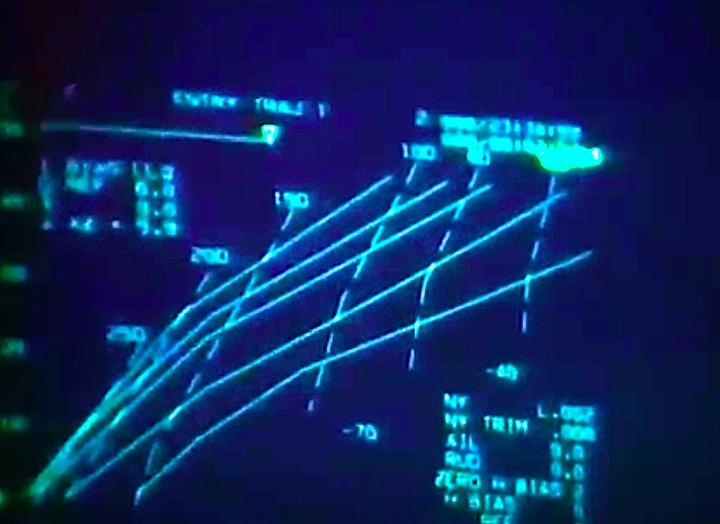
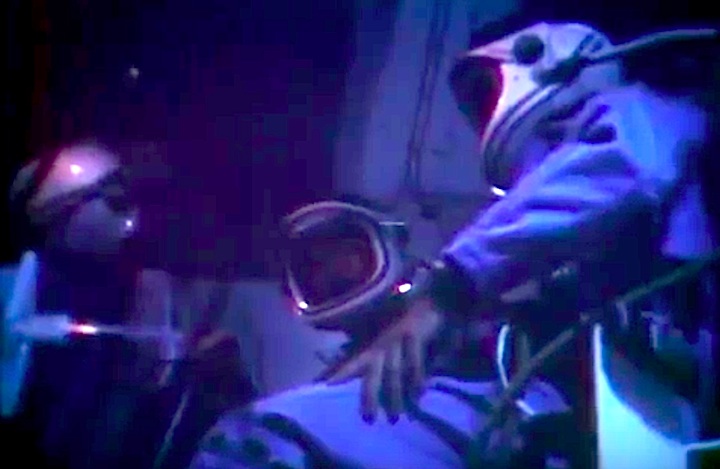
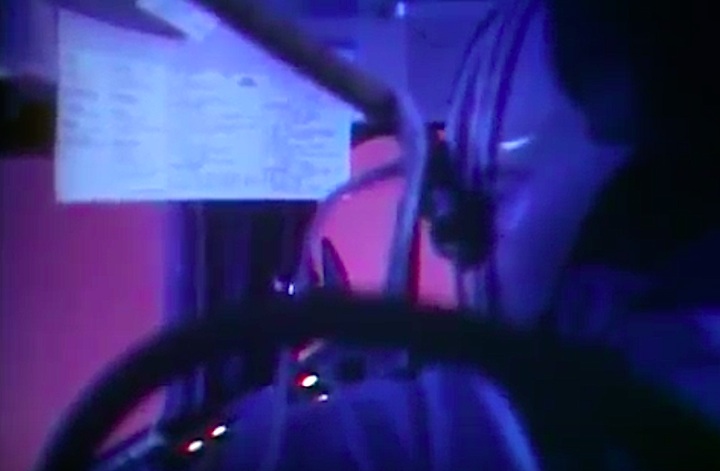
Plasma-Leuchten bei Re-Entry in Cockpit-Fenster von Challenger

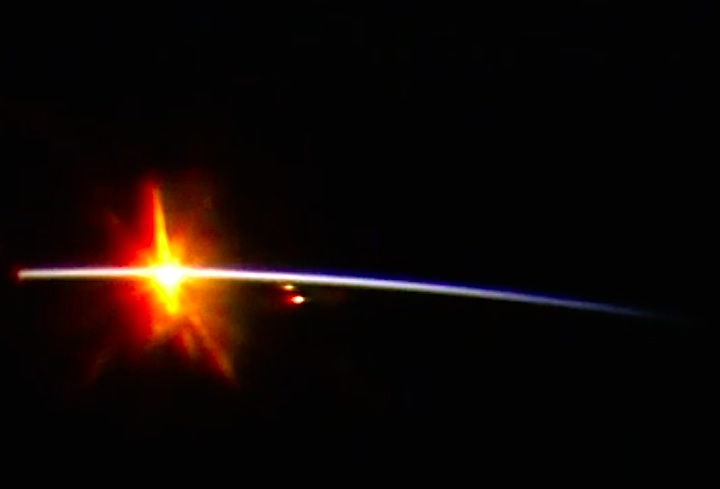
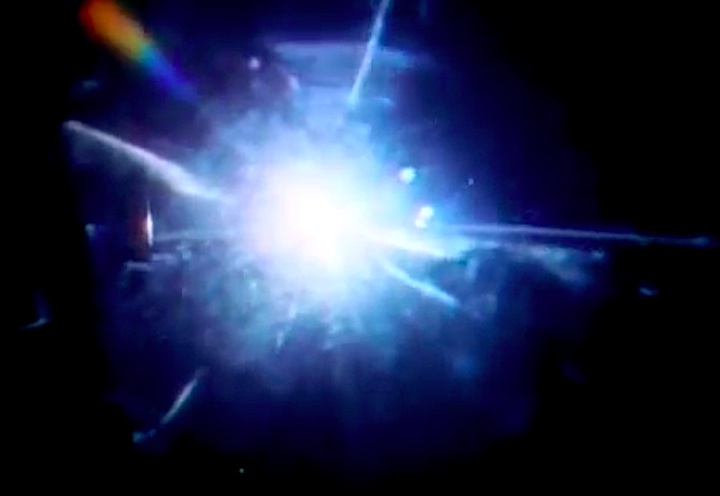
Sonnenaufgang bei Re-Entry von Challenger
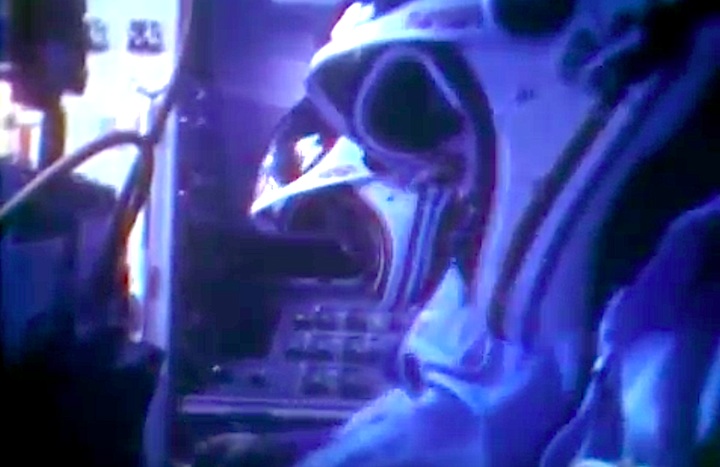
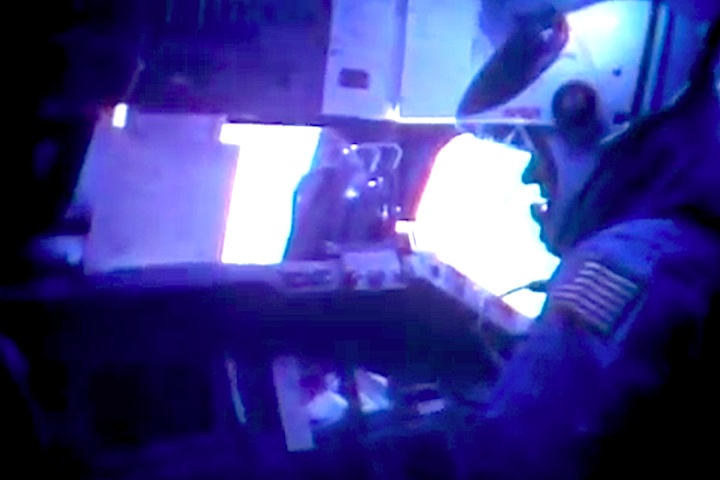
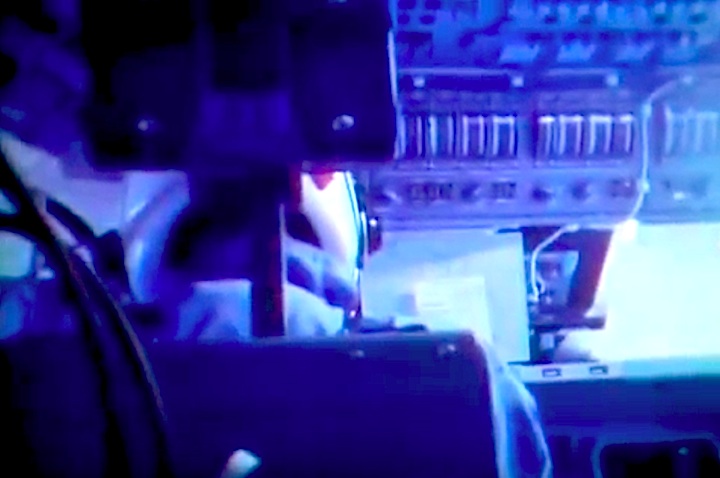
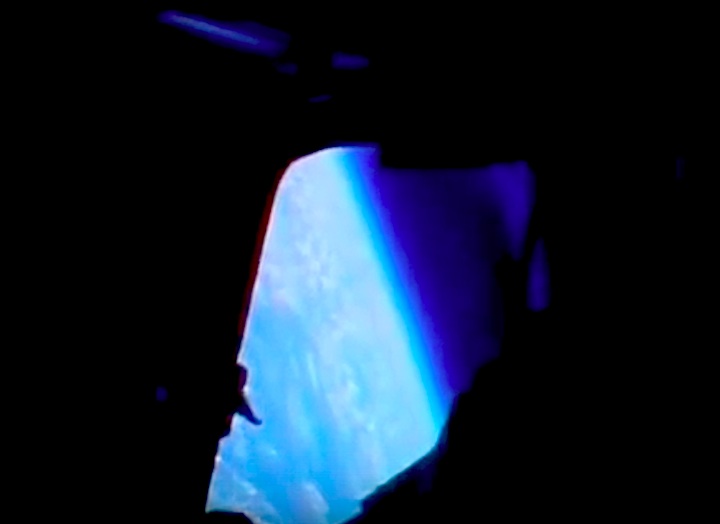

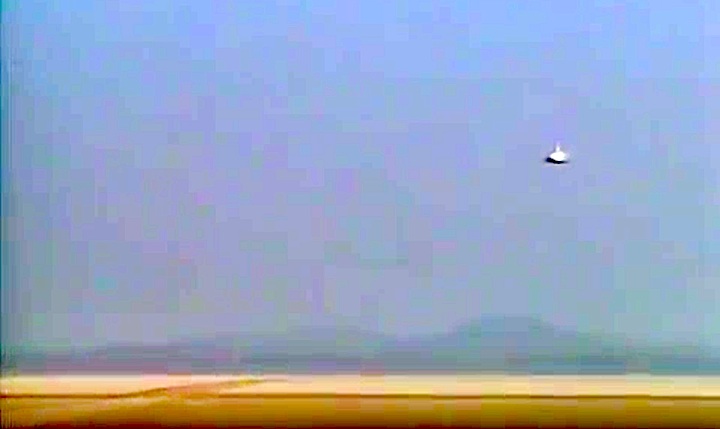
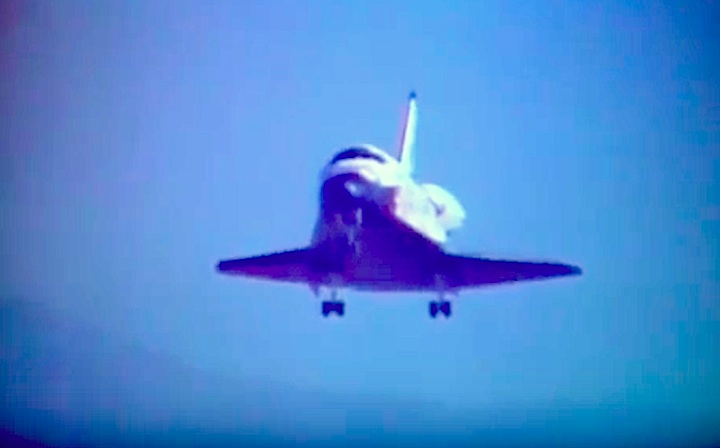
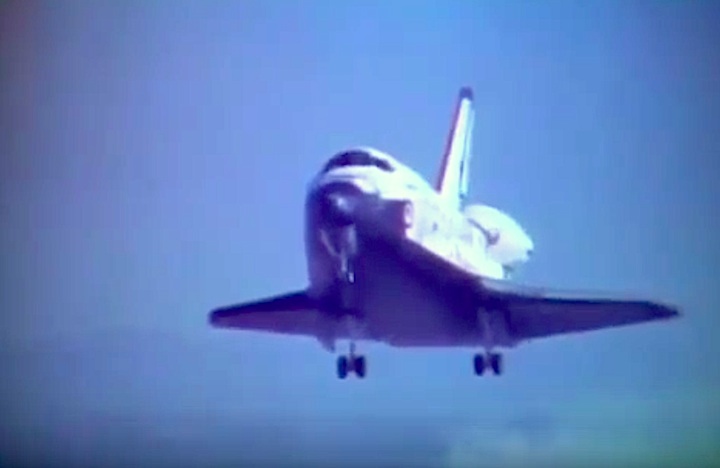
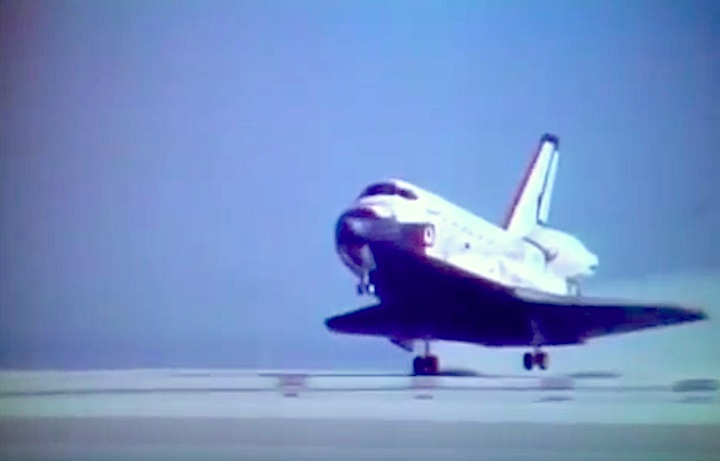
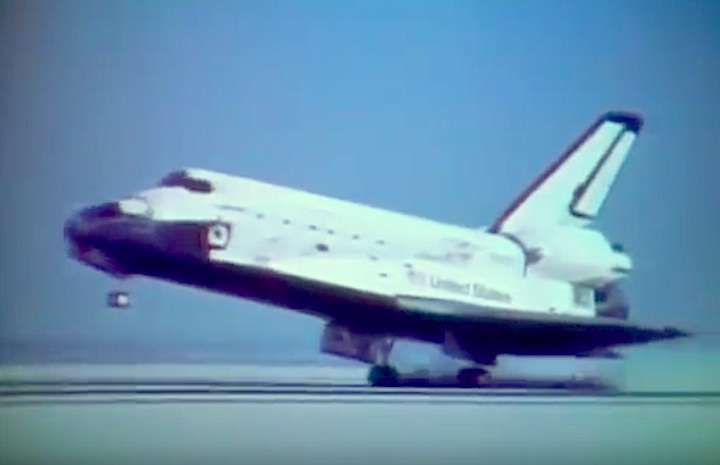
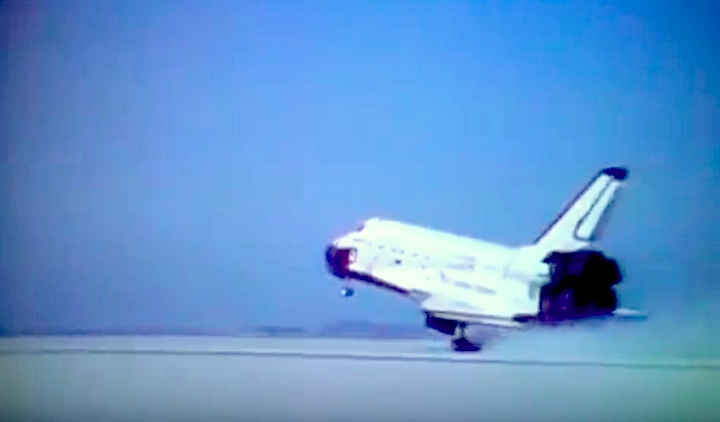
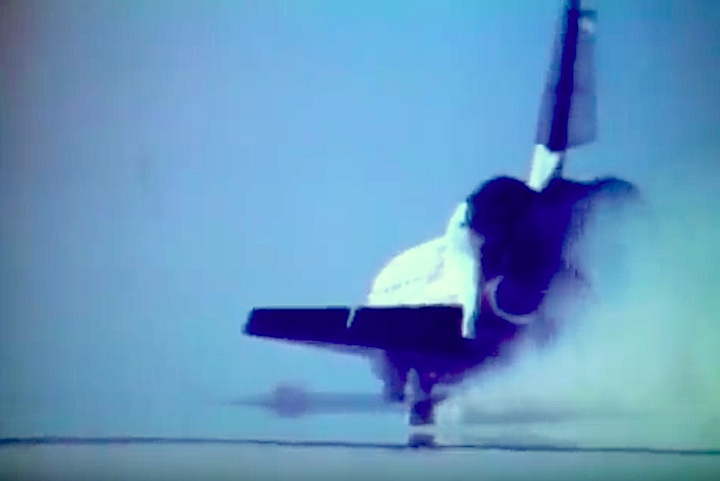

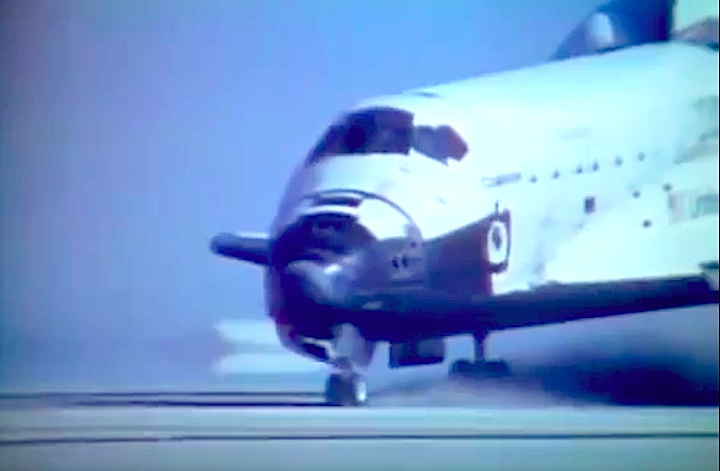
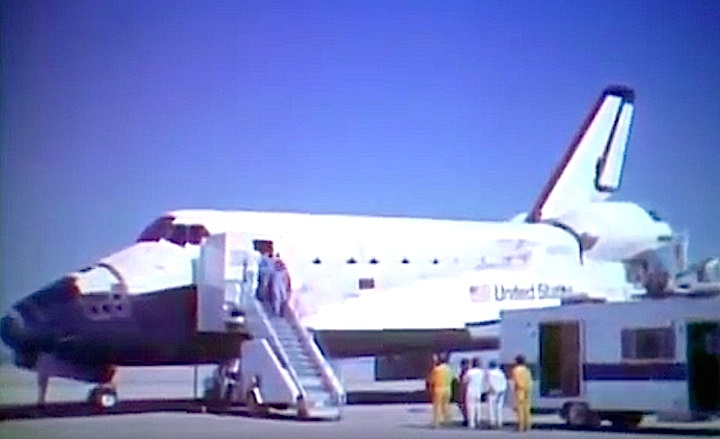
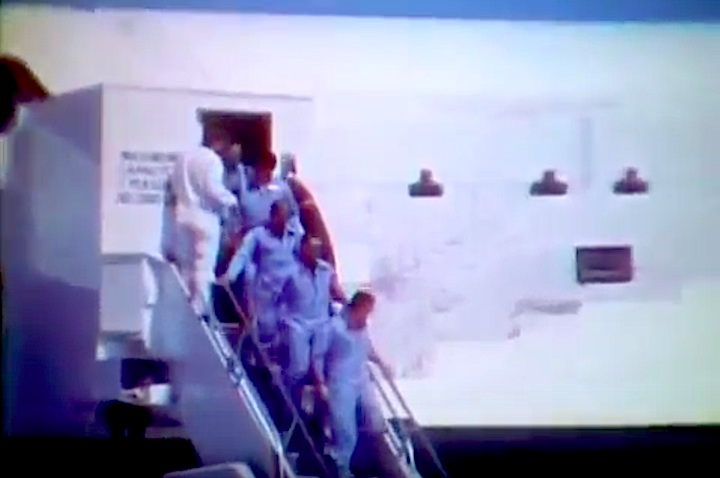
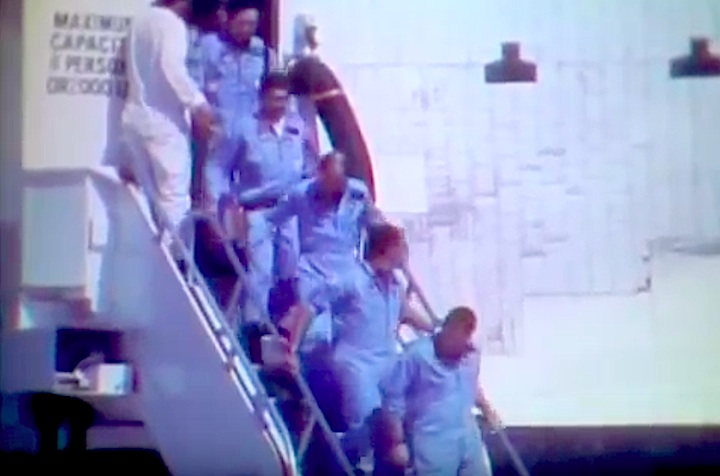

Quelle: NASA
4173 Views
